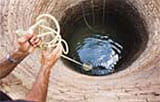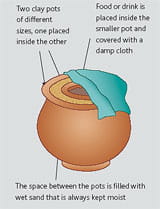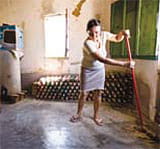It is very easy to associate risks with places and events outside the home, but every day thousands of people are injured within their home by accidents that could have been avoided. Here are four simple ways of reducing the risk of injury or death to household members.
For more information about staying healthy at home see Footsteps 74.
Preventing fires
To prevent fires occurring in the home:
- keep cooking fires enclosed
- keep matches away from children and children away from fires
- keep a covered bucket of water, sand or dirt, or a fire extinguisher near the stove
- keep flammable and toxic materials, such as gasoline, paint and solvents, out of the house and in well-sealed containers. Keep them far from any heat source
- make sure electrical equipment is safe, wired correctly and is covered
- make sure electric lines are properly installed and grounded
- never run electric wires under carpets, mats or thatch roof materials
- avoid connecting many electric extension cords together to form one long cord. Do not overload sockets with too many appliances
- do not install outlets or switches where they can get wet from water pipes, taps, sinks or rain.
If smoke alarms are available, put one in your house to warn you if a fire has started and give you time to leave the building.
Well safety











